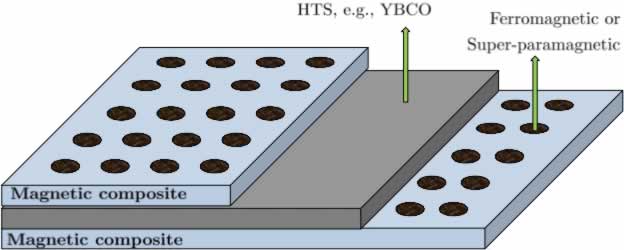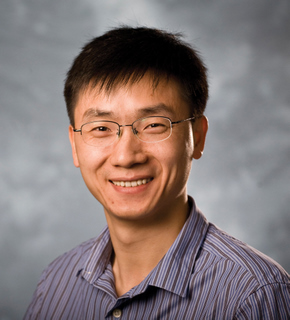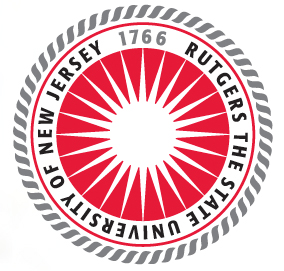 Superconductive composites and modeling
Superconductive composites and modeling
The large-scale applications of superconductors in energy transmission, energy storage, and large field (above 20T) magnets, etc still remain as a long-term vision since the discovery of high temperature superconductors by Bednorz and Muller in 1986. The main issue arises from the low critical current density-Jc of these new ceramic superconductors, e.g., YBCO, in spite of their significantly improved critical transition temperature-Tc. Most of the critical-current-density improvement strategies are to introduce oriented pinning centers into superconductors. The pinning centers, essentially some kind of defects, break the translational symmetry of the underlying vortex lattice; an external force and hence a transport current is required to push the vortex lattice. Therefore, to increase critical current density, we need to increase the "friction" between vortex lattice and defects so that the vortex lattice remains remains immobile and non-dissipative. In particular, defects shall pin vortex collectively rather than randomly.
We are therefore motivated to consider heterogeneous structure as illustrated below.

Figure 1. Heterogeous structure of superconductor film, magnetic composites with periodic ferromagnetic columnar inclusions.
It is hoped that the magnetic interaction between the two face magnetic composite film can pin vortex lattice (i.e., increase the "friction") and increase the critical currents of the superconducting film.
We are currently investigating the designs of magnetic composite film based on the Grinzburg-Landau theory.

